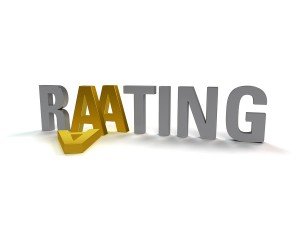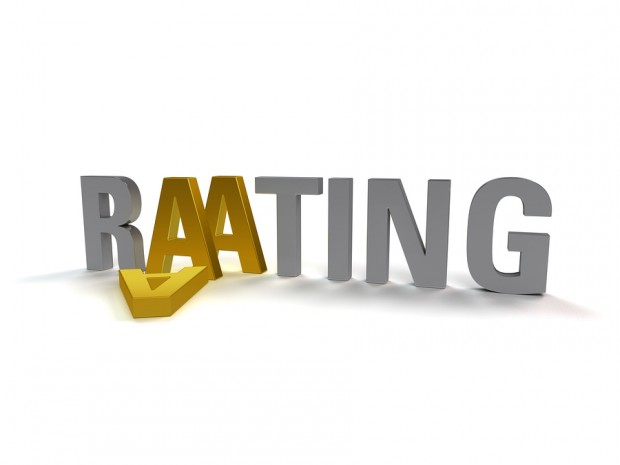 Property/casualty insurers can take comfort in the fact that ratings upgrades and positive outlooks outpaced downgrades and negative outlooks through the first half of 2016, according to a new A.M. Best report.
Property/casualty insurers can take comfort in the fact that ratings upgrades and positive outlooks outpaced downgrades and negative outlooks through the first half of 2016, according to a new A.M. Best report.
But most of the issuances – affirmations – were essentially on par with the same period in 2016.
A.M. Best said that upgrades were 6.9 percent of total rating actions in H1 2016, downgrades were 5.4 percent, under review companies were 4.4 percent of the total and initial ratings encompassed 2.1 percent.
Over the same period in 2015, upgrades encompassed 4.7 of the total, downgrades were 7.4 percent, under review companies were 3.5 percent and initial ratings came in at 1.8 percent.
Ratings affirmations for H1 2016 were 81.3 percent of the total, a slight decline from 82.6 percent through the same, year-ago period, A.M. Best said in its report.
Upgrades and positive outlooks outpaced downgrades and negative outlooks for a number of reasons. A.M. Best said the results reflected “favorable operating performance with moderate net premium written growth, profitable underwriting results and positive net income.”
Those results, in turn, came from respective factors on the carrier and customer sides including: increased pricing sophistication, tighter underwriting standards, more risk-adjusted capitalization, lower unemployment, more new car sales and lower fuel costs.
Broken down, however, the numbers are a bit more mixed.
For H1 2016, commercial lines insurers had stable outlooks for 77.5 percent of its ratings, and upgrades outpaced downgrades. But negative outlooks (11.2 percent) still outpaced positive outlooks (6.7 percent). A.M. Best said that concerns remain over reduced benefit of prior year loss reserve development, plus “historically low interest rates, moderation in pricing, and the effects of consolidation that are impacting that segment’s insurers.”
On the personal lines side, 77.3 percent of the ratings units had stable outlooks through the 2016 half-way point, a slight increase over 2015. But negative outlooks outpaced positive outlooks for the fourth consecutive year, A.M. Best said, due to property writer volatility stemming, in part, from “localized weather events.” The report emphasizes, however, that the segment is stable overall due to stable auto results, “robust risk-adjusted capitalization, ongoing enterprise risk management initiatives, greater pricing sophistication in both auto and homeowners, and the broadening of traditional distribution channels.”
For reinsurance, stable outlooks dipped to 54.5 percent through H1 2016, due, in part to M&A actions. At the same time, reinsurers still had “a strong risk-adjusted capital position and positive operating performance” with executives still maintaining strong levels of capital and “positive underwriting performance, the A.M. Best report noted.
For reinsurers, however, challenging market conditions could hurt over the coming months, “as primary companies continue to retain more business and are negotiating better terms and conditions for sharing their profitable business,” according to the A.M. Best report. Other problems on the way: tighter margins and more third-party capital.
Source: A.M. Best





















 Northern California Flooding This Weekend Caused by Heavy Rain, High Tides
Northern California Flooding This Weekend Caused by Heavy Rain, High Tides  Underwriter, Actuary Fears of AI Drop; Work Needed on Collaboration
Underwriter, Actuary Fears of AI Drop; Work Needed on Collaboration  How Insurers Can Avoid Post-Merger Technology Failure
How Insurers Can Avoid Post-Merger Technology Failure  Nearly Half of 100 Largest P/C Insurers Destroy Value: ACORD
Nearly Half of 100 Largest P/C Insurers Destroy Value: ACORD 





